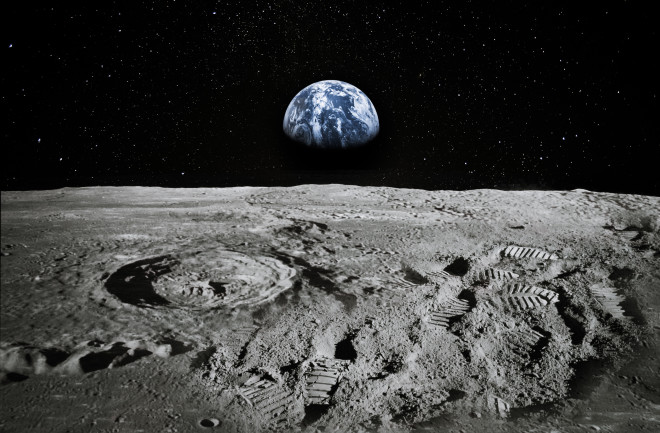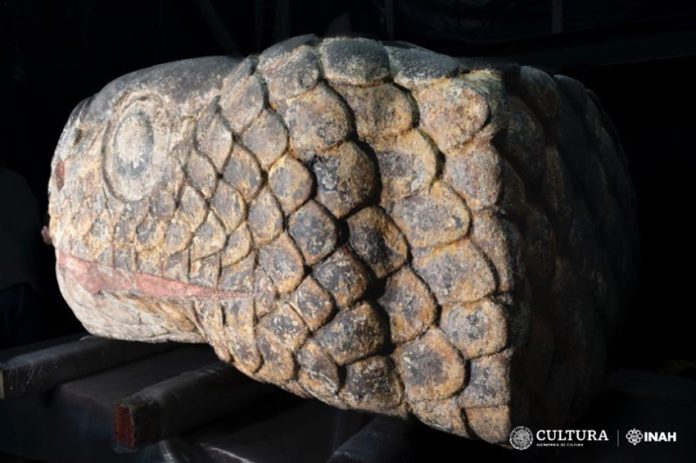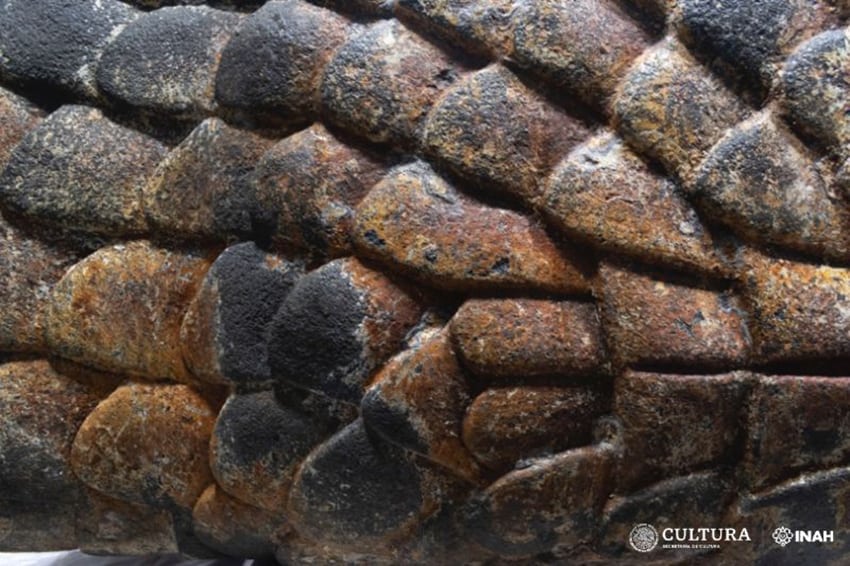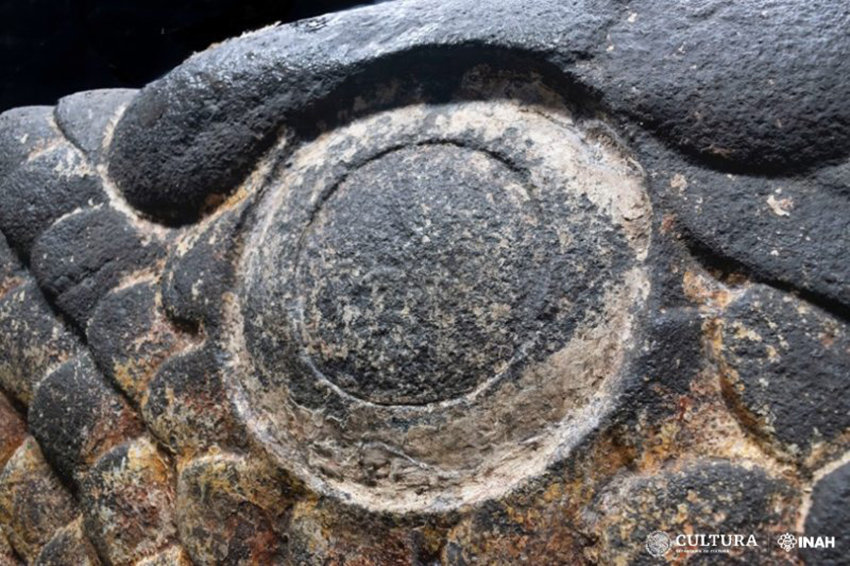Are We Entering a New Era of Space Archeology?
As the new space race fires up, scientists have proposed an entirely new field — planetary geoarchaeology — to study the imprints and objects humans leave behind. Learn more about how archeologists are digging into the final frontier. Sep 28, 2023 6:00 AM

Since the first satellite, Sputnik 1, was successfully launched into Earth's orbit on October 4, 1957, humans have launched more than 5,000 large objects into space.
The list includes satellites, spacecraft, rovers, probes and other scientific equipment. In addition, thousands of fragments produced by accidental collisions or deliberate destruction of original materials exist beyond Earth.
Since the 1990s, space archaeologists have studied this material culture in an effort to preserve it.
“From the human perspective, these artifacts are part of our heritage, and linked to individual and national identities,” says archaeologist Justin Holcomb of the University of Kansas.
Holcomb has focused much of his research on understanding how environmental changes impacted human dispersal thousands of years ago; that is, until he connected his passion for geoarchaeology to humanity’s most recent phase of exploration outside of the planet.
How Is Space Archaeology Advancing?
In a recent study in Geoarchaeology, Holcomb and a team of archaeologists have advanced the field of space archaeology by evaluating the physical and human processes that can alter, destroy, or preserve space heritage on the moon; an endeavor they suggest can also be applied to other places in the solar system. The team coined the term planetary geoarchaeology to describe the new discipline.
“The moon is a very dynamic place, and not everything will stay perfectly preserved forever,” says space archaeologist Alice Gorman of Flinders University, who was not involved with the study.
This could even include the footprints of astronauts who stepped on the moon during the Apollo missions.
“We really don’t know how much these imprints have been preserved,” says Holcomb.
In particular, the influx of meteoroids that hit the surface may have left their own marks, or have churned debris onto the imprints that could otherwise remain unchanged for hundreds of thousands of years.
Another artifact, the photograph left on the lunar surface by astronaut Charles Duke during the Apollo 16 mission on April 21, 1972, has very likely faded due to the intense daytime heat, and solar and cosmic radiation.
Could Planetary Geoarcheology Be the Next Big Scientific Field?
As for the next era of human exploration to the moon, which could begin as early as the mid-2020s, the discipline of planetary geoarchaeology could help to preserve future artifacts.
At the lunar South Pole, for example, frigid temperatures persist all year round in permanently shadowed craters (PSRs). These locations are some of the coldest in the solar system and are targets for astronauts to search for possible water ice that could be buried there.
If safety permits, future explorers could consider leaving behind artifacts in PSRs so that they wouldn’t be exposed to the extreme temperature swings that occur elsewhere on the lunar surface.
What Are the Challenges of Space Archaeology?
Like many situations, however, tradeoffs can be difficult to avoid; in this case, the possibility that debris slides due to unstable crater slopes or moon quakes could damage artifacts.
Another big part of planetary geoarchaeology is the potential to study, firsthand, how the space environment can affect artifacts.
“We should be sampling some of this stuff in a controlled manner, bringing it back, and studying it,” says Holcomb.
One of the priorities in such a situation would be to plan strategies that wouldn’t damage heritage because spacecraft exhaust can blast sand, and rover wheels can launch regoliths up to 200 meters away.
“Archaeologists can suggest ways to help minimize damage or destruction to heritage,” says Gorman.
Read More: Space Archaeology Takes Aim at Earth
What Will Archeology Look Like in Outer Space?
Gorman and Holcomb are looking forward to the possibility of archaeologists working with planetary scientists and other experts in the future to discuss issues and work out solutions.
Humans have already left artifacts on 10 different extraterrestrial surfaces, including Mercury, Venus, the moon, Mars and Titan, as well as asteroids and comets. And at least eight spacecraft from seven countries are scheduled to touch down on the moon over the next few years.
Archaeologists could also be part of future missions to visit previous or new landing sites to document and study space heritage. They could also assess the historic, scientific, aesthetic, social, and spiritual significance of artifacts for various communities on Earth.
“We would want to make sure that the diversity of nations and traditions is represented," says Gorman.
Holcomb says he would love to see an archaeologist on the moon during his lifetime; although he admits he would have to ponder the decision if offered the opportunity.
“If there would be safe launches every week, then for sure,” he says, “but in all seriousness if it were me or no one, I would go.”
Article
Are We Entering a New Era of Space Archeology? | Discover Magazine









